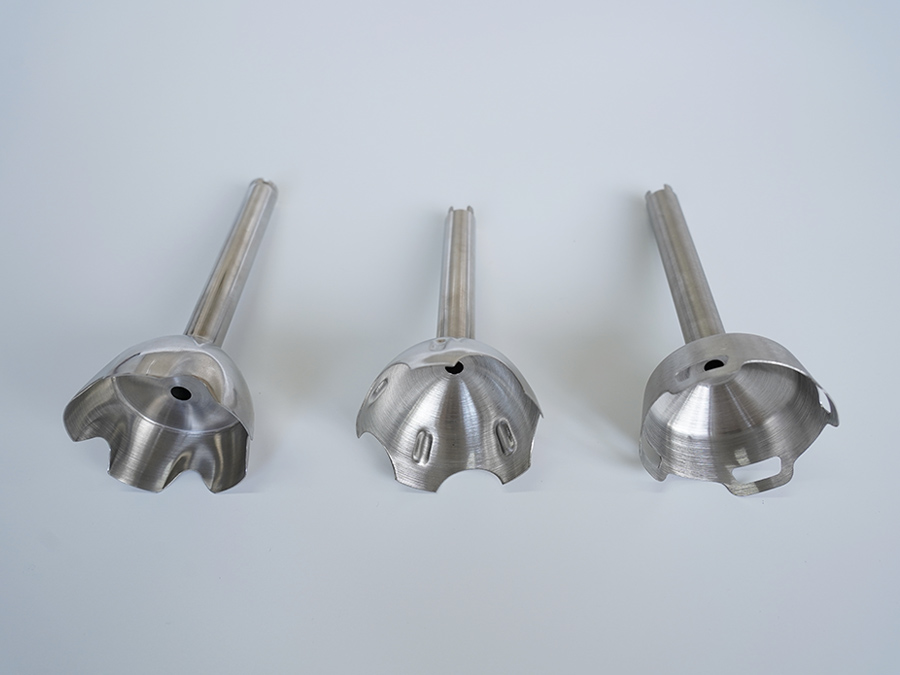
 Home > News
> News Information
Home > News
> News Information
The location where tensile cracks occur in hardware stretching parts is mostly at the lower end of the workpiece cylinder wall where it meets the outer fillet or slightly below the outer fillet, which is called a dangerous section. The main reason is that the strain value at the dangerous section is too large, exceeding its ability to withstand greater tensile stress, resulting in a significant reduction in wall thickness. The main reasons for the tensile crack defects in cylindrical hardware stretching parts are as follows:

(1) The mechanical properties of sheet metal. The smaller the yield strength ratio of the raw material, the greater the elongation, which is more conducive to the stretching of the stretched part. Due to its low yield strength, the raw material has good plastic deformation ability, and the resistance generated during deformation is relatively small. The tensile stress on the cylinder wall components is also reduced; The higher the tensile strength, the higher the strength of the dangerous section, and the probability of tensile crack defects decreases accordingly. The greater the elongation of the sheet metal, the less likely it is to experience shrinkage during stamping and stretching, resulting in a significant thinning of the dangerous section and delayed occurrence of tensile cracks.
(2) Tensile coefficient. The smaller this value, the greater the degree of deformation of the metal stretching component each time. Although it can reduce the number of stretching times for hardware stretching parts, it will increase the degree of thinning of the wall thickness of the hardware stretching parts, making them more prone to cracking.
(3) Concave die fillet radius. The radius value of the concave die transition fillet is too small. During the stretching process, the bending and straightening deformation of the sheet metal at the fillet will generate deformation resistance, causing a sharp increase in frictional resistance between them. The total stretching force will also increase accordingly, resulting in excessive thinning of the stretched sheet metal and the occurrence of stretching cracks.
(4) Convex mold fillet radius. During the stretching process, if the fillet radius value at the front end of the punch is too small, the bending deformation of the sheet metal will increase through this area, thereby reducing the strength of the dangerous section of the sheet metal. Therefore, serious thinning and tensile cracks are more likely to occur at the dangerous section.
(5) Edge pressure and lubrication. The edge pressure of the edge pressing ring should not be too high, otherwise it will be difficult for the material to enter the gap between the upper and lower molds during stretching, resulting in the product being more prone to cracking; During the stretching process, using lubrication measures at the transition corners of the mold can reduce the phenomenon of stretching cracking.


.jpg)






